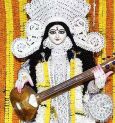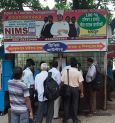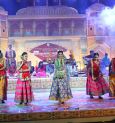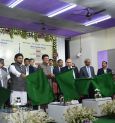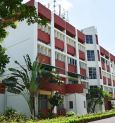Prior to India’s Independence in 1947, the British government unfastened one of the largest open-air dhobi ghats in Kolkata, precisely on August 15, 1902. The nearly secluded place, constituting almost 9 acres (22 bighas) lies in Ballygunje with profuse trees and high outer edge walls. The Dhobikhana, modelled along the lines of Mumbai’s Mahalaxmi Dhobighat (opened in 1880), still is a busy place with over 700 washermen bagwashing. Many washermen had their ancestors working for the British 116 years back. A narrow lane opens up to the ‘faded wooden board marking the entry’ to the colonial-era dhobikhana. The ‘South Dhobikhana’ was started as an emergency service rather than a revenue generating firm, with the monthly rent being Rs 2 (around 1913-14). The day starts at 4 am and continues until midnight, with the constant sound of clothes being pounded against the stones; the clothes pre-soaked overnight and the whites bleached as per requirement. The entry path is led to 108 stone pens, locally known as Hoj, which have cistern provisions for storing water. After the cleaning process, the clothes are spun in the hydro and then dried off. The oil-tinted clothes are cleaned by the vapour from heated water. Although the low voltage electricity restricts the dhobikhana to resort to non-electric irons, plans are being made to send in more electricity to get the job done through electric irons. After the entire process is carried out, the clothes and the laundries are delivered to the respective customers. Even after 116 years, the dhobikhana is hustling and bustling.
Trending
- Solar Storm: A solar storm is set to hit Earth; what are scientists saying?
- Swikriti Majumder: Swikriti Majumder from the serial ‘Alor Kole’ has tied the knot.
- 2024 Nissan Magnite Facelift Launched in India at an Introductory Price of ₹5.99 Lakhs
- Transports: Train and bus services have been expanded in North Bengal to handle the Durga Puja rush
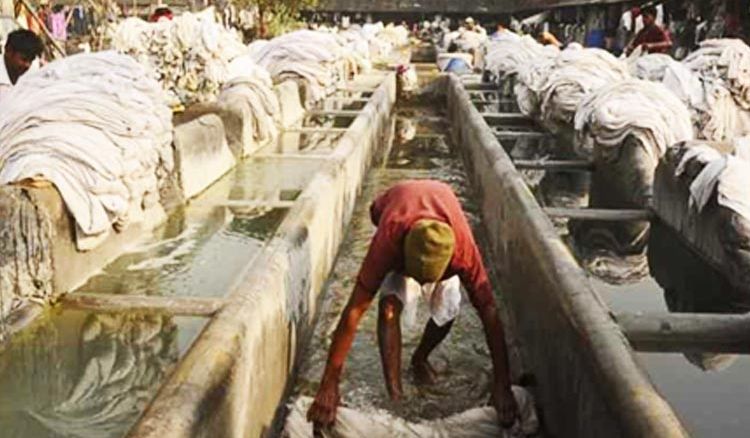
Kolkata’s Original Laundry Service, The Colonial Era Dhobikhana
...
Loading...
Advertisement
 বাংলায় পড়ুন
বাংলায় পড়ুন


